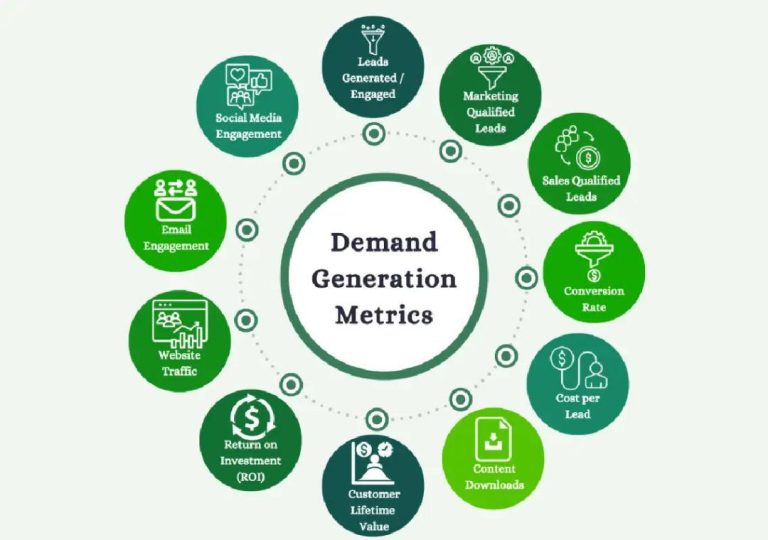
Ghazal Alagh Explains How Toxic Managers Drive Top Talent Away
In a recent LinkedIn post, Mamaearth Co-founder Ghazal Alagh shed light on the alarming issue of toxic managers driving top talent away from organizations. Her thought-provoking post has resonated with professionals across India’s startup ecosystem, sparking a much-needed conversation about the importance of managerial culture in employee retention.
As a seasoned entrepreneur and business leader, Alagh’s insights offer a valuable wake-up call to organizations struggling to retain their best employees. Her post highlights the stark reality that many organizations prioritize perks and policies over everyday leadership and managerial support, ultimately driving their top talent to seek better opportunities.
The Anatomy of a Toxic Manager
Alagh identifies several types of toxic managers that can lead to employee dissatisfaction and turnover. Some of these include:
- Micromanagers: Those who believe that control is the key to success, often stifling creativity and innovation by scrutinizing every detail.
- Authoritarians: Managers who believe in the “my way or the highway” approach, disregarding employee opinions and ideas.
- Ego-centric leaders: Those who prioritize their own interests and reputation over the well-being of their team members.
- Dishonest leaders: Managers who prioritize short-term gains over long-term relationships and employee trust.
- Uncommunicative leaders: Those who fail to provide clear direction, feedback, and recognition, leading to confusion and dissatisfaction.
The Consequences of Toxic Management
The effects of toxic management can be far-reaching and devastating. Top performers, in particular, are more likely to quit due to the lack of trust, support, and recognition from their managers. This can lead to:
- Talent drain: The loss of top talent can be costly and challenging to replace, as it takes time to develop new skills and expertise.
- Reduced morale: A toxic work environment can lead to low morale, decreased job satisfaction, and increased turnover rates.
- Decreased productivity: When employees feel undervalued and unsupported, they are less likely to be motivated and engaged, ultimately affecting overall productivity.
What Organizations Can Do to Retain Top Talent
Alagh emphasizes that real employee retention depends on trust, support, and everyday leadership, not just perks or policies. To build a strong and resilient team, organizations must:
- Foster a culture of trust: Encourage open communication, transparency, and accountability to build strong relationships with employees.
- Provide everyday leadership: Leaders should prioritize regular check-ins, feedback, and recognition to ensure employees feel valued and supported.
- Empower employees: Give employees the autonomy to make decisions, take ownership of projects, and develop their skills and expertise.
- Lead by example: Leaders should model the behavior they expect from their team members, demonstrating empathy, humility, and a willingness to learn.
Conclusion
Ghazal Alagh’s thoughtful post serves as a timely reminder that the quest for employee retention requires more than just perks and policies. By recognizing the signs of toxic management and implementing strategies to foster a culture of trust, support, and everyday leadership, organizations can build strong, resilient teams that drive growth and success.
As Alagh concludes, “Real employee retention is not just about offering good perks or policies, but about creating a work environment where employees feel valued, respected, and supported.” By embracing this philosophy, organizations can attract and retain top talent, ultimately driving innovation, growth, and prosperity.
News Source:
https://startuptalky.com/news/ghazal-alagh-on-toxic-managers-types/






